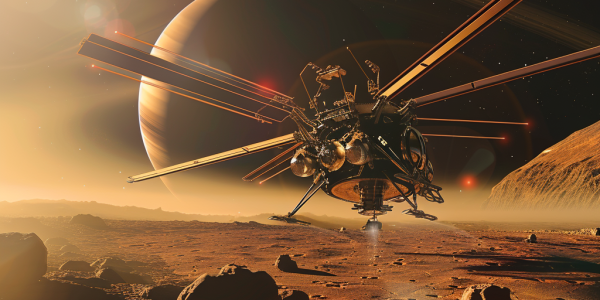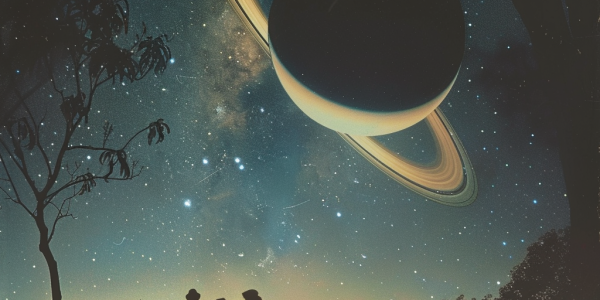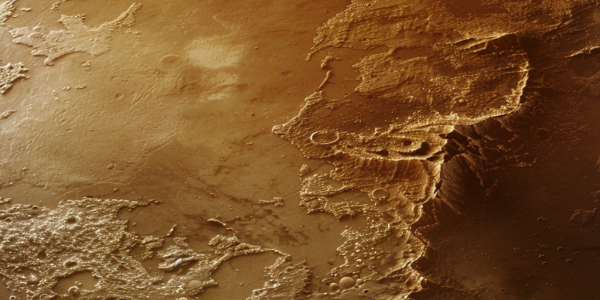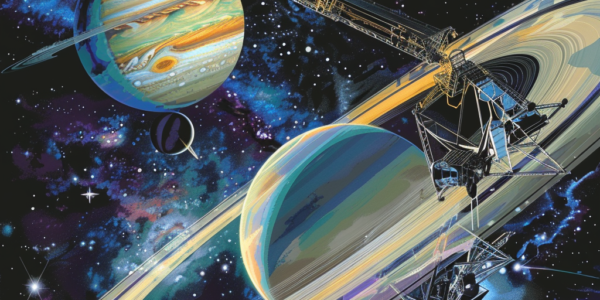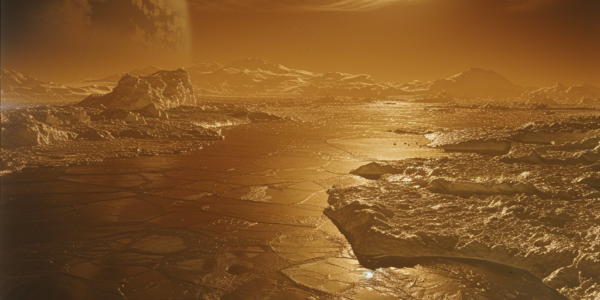NASA Awards SpaceX $256.6 Million Contract for Groundbreaking Dragonfly Mission to Titan
NASA has awarded SpaceX a $256.6 million contract to launch the Dragonfly mission, marking a significant advancement in space exploration involving nuclear materials. This groundbreaking project aims to explore Titan, Saturn’s largest moon, using a radioisotope thermoelectric generator (RTG) for power. As SpaceX continues to innovate in aerospace technology, the Dragonfly mission is set to redefine our understanding of Titan and expand the possibilities for future space missions.
Moon’s Close Encounter with Saturn to Dazzle Stargazers Tonight
Tonight, November 10, 2024, stargazers can witness a stunning celestial event as the Moon approaches Saturn, coming within five arc minutes. This rare opportunity includes a lunar occultation for viewers in central Florida and parts of Central America, where the Moon will obscure Saturn for about an hour. Don’t miss this chance to observe the beauty of our solar system with the naked eye or through binoculars!
Stargazers to Enjoy Spectacular Moon and Saturn Conjunction on July 23-24
Stargazers will be treated to a stunning celestial event on July 23 and 24, as the waning gibbous moon aligns with Saturn. This cosmic pairing will be visible in the eastern sky around 11 PM EDT, offering a perfect opportunity for amateur astronomers to witness the beauty of our universe. Don’t miss the chance to see the moon and Saturn together, and for some, an occultation event in parts of Asia and Africa. Prepare your telescopes and mark your calendars for this unforgettable night under the stars!
Liquid Hydrocarbon Waves May Have Shaped Titan’s Shorelines, Study Suggests
Discoveries suggest that Saturn’s moon Titan may have shorelines shaped by waves of liquid hydrocarbons, potentially impacting its geological evolution. Despite conflicting observations, studies hint at wave activity on the moon, sparking curiosity for future missions. Researchers analyze existing data and simulations to uncover the mysteries of Titan’s landscape.
Astronomer to Use James Webb Telescope to Study Saturn’s Northern Lights
University of Reading astronomer Dr. James O’Donoghue is set to use the James Webb Telescope to study Saturn’s northern lights, with plans to also observe Uranus. The research aims to unravel the mysteries behind the planets’ auroras and potentially provide insights into their rotation periods. The project, selected from a pool of 1,931 submissions, holds the promise of unveiling groundbreaking insights into the celestial phenomena of Saturn and Uranus.
Study Reveals Titan’s Subsurface Ocean Likely Non-Habitable
A study led by Western astrobiologist Catherine Neish has revealed that the subsurface ocean of Titan, the largest moon of Saturn, is most likely a non-habitable environment, reducing the likelihood of finding life in the outer solar system. Neish expressed disappointment at the findings, emphasizing the importance of water as a solvent for life. The study, published in the journal Astrobiology, quantified the amount of organic molecules that could have been transferred from Titan’s organic-rich surface to its subsurface ocean, using data from impact cratering.

